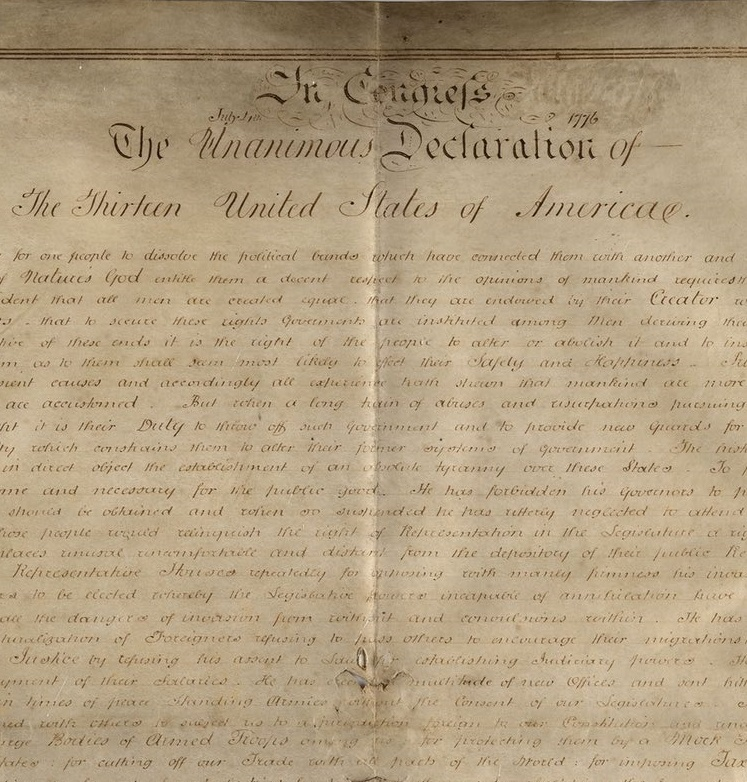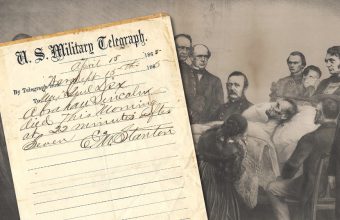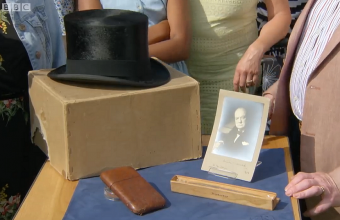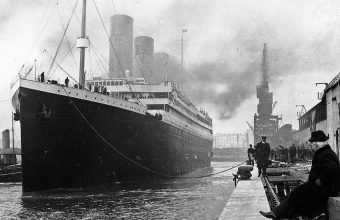A previously unknown copy of the Declaration of Independence has been discovered, in the local archives of a small British town.
The handwritten copy is the only parchment copy in the world other than the original historic document, which is housed at the National Archives in Washington D.C.
It was discovered by Emily Sneff, a researcher with the Declaration Resources Project, whilst searching through online databases for other printed copies around the world.
She stumbled upon a record marked "Manuscript copy, on parchment, of the Declaration in Congress of the thirteen United States of America" in the local archives of the town of Chichester, West Sussex.
"I’d found vague descriptions of other copies of the Declaration that turned out to be 19th-century reproductions of the signed parchment in the National Archives, so that was what I was expecting," Sneff told the Harvard Gazette. "What struck me as significant was that it said manuscript on parchment."
Following the signing of the original document on July 4, 1776 it was widely reproduced, and copies travelled across the globe as news of the newly-established nation began to spread.
However, the ‘Sussex Declaration’ had been carefully hand-written on parchment, suggesting it had been created for an official, ceremonial reason.
According to records, the document had been given to the records office in 1956, having originated from the archives of a local law firm which had represented the Duke of Richmond.
Sneff requested images of the document, and was surprised by what she found.

"When I looked at it closely, I started to see details, like names that weren’t in the right order — John Hancock isn’t listed first, there’s a mark at the top that looks like an erasure, the text has very little punctuation in it — and it’s in a handwriting I hadn’t seen before."
"As those details started adding up, I brought it to Danielle’s attention and we realized this was different from any other copy we had seen."
“We knew we had a mystery,” said Danielle Allen, the James Bryant Conant University Professor and director of the Edmond J. Safra Center for Ethics. "We had a big, big mystery."
Now, following 20 months of painstaking research, Sneff and Allen have dated the document to the 1780s, and believe it was probably commissioned by James Wilson of Pennsylvania, one of the original justices of the Supreme Court who also helped draft the U.S Constitution.
The copy highlights the political turmoil that the U.S found itself in following the signing of the original Declaration in 1776.
Ten years later, an argument still raged as to whether the new nation had been founded on the authority of the American people, or the authority of the 13 original states.
It seems that the document was created as an argument for the first viewpoint, held strongly by Wilson.
The original declaration had listed its signatories grouped by state – but the newly-discovered copy jumbles all the names up, as if to suggest that the individual states were less important than the nation as a whole.
"It is the only version of the Declaration that does that, with the exception of an engraving from 1836 that derives from it," said Allen. "This is really a symbolic way of saying we are all one people, or ‘one community,’ to quote James Wilson."
The mystery still remains as to how the ‘Sussex Declaration’ ended up on the other side of the Atlantic – but the near-priceless manuscript has opened up a fascinating new window into how the nation was founded.













